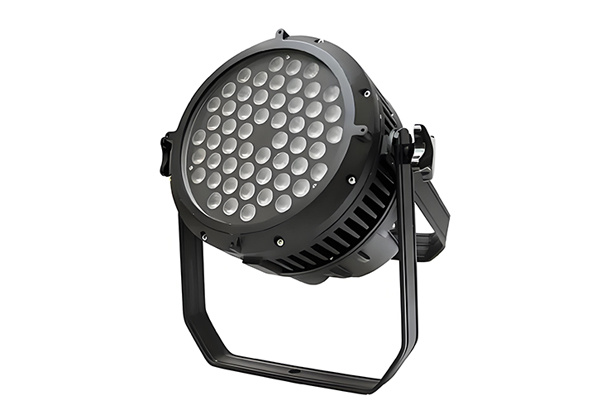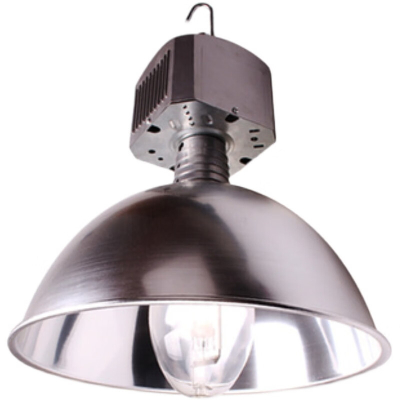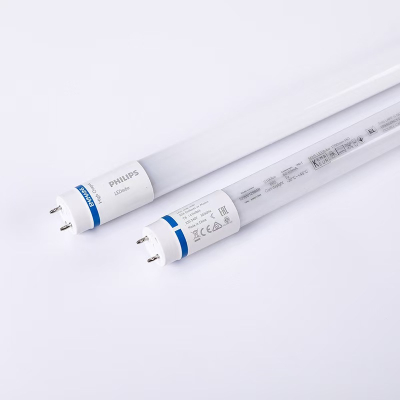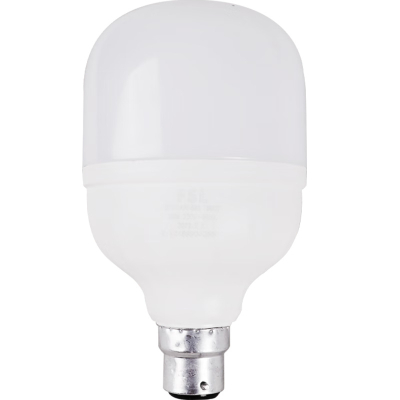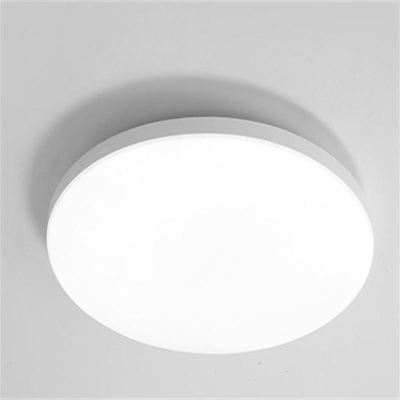Low Power Floodlight
A low - power floodlight is a lighting fixture that emits a wide - angled beam of light with a relatively low power consumption. It is designed to illuminate a specific area, such as a small garden, a storefront display, a residential patio, or a building facade on a smaller scale. The purpose is to provide sufficient light for visibility, security, or aesthetic enhancement without using a large amount of electricity.
Light Source: The light source of a low - power floodlight can vary. It could be a traditional incandescent bulb (though less common nowadays due to inefficiency), a compact fluorescent lamp (CFL), or more prevalently, a light - emitting diode (LED). LEDs are highly favored for low - power floodlights because of their energy - efficiency and long lifespan. The LED chips are usually mounted on a circuit board, and they come in different color temperatures, such as warm white (around 2700 - 3000K), cool white (around 4000 - 5000K), or daylight (around 5000 - 6500K).
Optical System: A low - power floodlight has an optical system to shape and direct the light beam. This may include a reflector and/or a lens. The reflector is usually made of a reflective material like polished aluminum or a special plastic coating. It helps to bounce the light from the source and spread it in a wide pattern. The lens, if present, can further modify the light distribution. For example, a diffuser lens can make the light more evenly spread, while a Fresnel lens can help to focus or collimate the light to a certain extent.
Housing: The housing of a low - power floodlight is made to protect the internal components from the environment. It can be made of plastic or metal. Metal housings, such as aluminum or die - cast zinc, are more durable and better at heat dissipation. The housing is usually designed to be weather - resistant, with features like sealed gaskets to prevent water and dust from entering. It also has a mounting mechanism, such as a bracket or a flange, which allows the floodlight to be attached to a wall, a pole, or a ceiling.
Power Supply: For non - battery - operated low - power floodlights, a power supply unit is necessary. If the light source is an LED, an LED driver is used. The driver converts the alternating current (AC) from the mains supply to the direct current (DC) required by the LEDs, and it also regulates the voltage and current to ensure the proper operation of the LEDs. Some low - power floodlights may also have a built - in transformer for other types of light sources like CFLs.
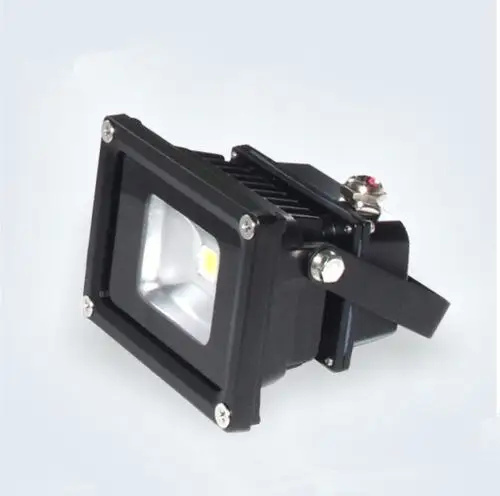
If the light source is an LED: When the floodlight is connected to a power source, the AC voltage is first converted to DC voltage by the LED driver. The regulated DC current then passes through the LED chips. Electrons in the semiconductor material of the LEDs recombine with holes, releasing energy in the form of photons. The optical system then directs these photons to create a wide - beam illumination.
If the light source is a CFL: The power supply provides the necessary voltage to start and sustain the gas discharge in the CFL tube. The gas inside the tube (usually a mixture of mercury vapor and an inert gas) is ionized, and ultraviolet (UV) radiation is produced. The UV radiation then strikes the phosphor coating on the inside of the tube, which converts the UV light into visible light. The optical system spreads this visible light as a floodlight beam.
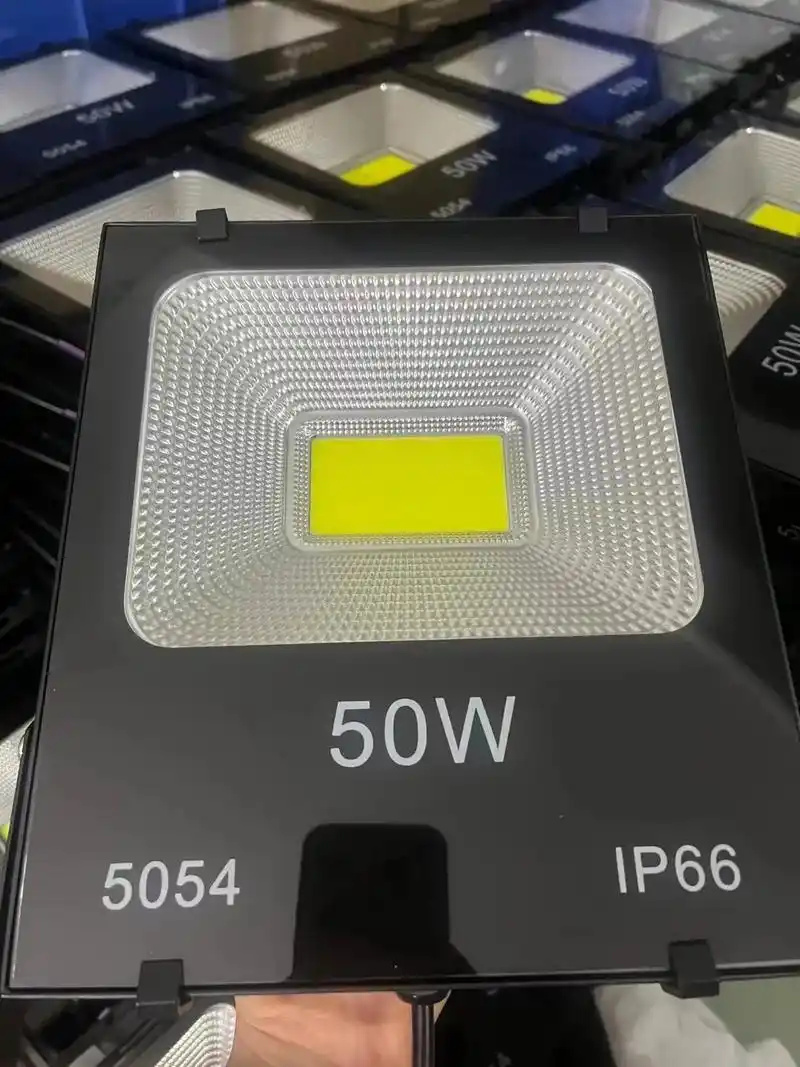
Energy - Efficiency: Low - power floodlights are designed to consume less power. For example, an LED - based low - power floodlight can have a power rating as low as 5 - 20 watts, which is much lower than high - power floodlights. This results in lower energy bills and is more environmentally friendly.
Versatility: They are available in various beam angles, from a relatively narrow flood (around 40 - 60 degrees) to a very wide flood (over 100 degrees). This makes them suitable for different lighting applications, such as highlighting a specific object or evenly illuminating a small area.
Ease of Installation: Due to their small size and relatively low weight, low - power floodlights are easy to install. They can be mounted on different surfaces using simple tools and can often be adjusted to point in the desired direction.
Cost - Effective: In addition to their energy - saving benefits, low - power floodlights are generally more affordable than high - power counterparts. This makes them a cost - effective solution for small - scale lighting projects.
Limited Illumination Range: As the name suggests, low - power floodlights have a limited illumination range and intensity. They may not be suitable for lighting up large areas such as a sports stadium or a vast industrial yard.
Dependence on Power Source: Most low - power floodlights rely on a constant power supply. Battery - operated ones have a limited battery life, and those connected to the mains may not work during a power outage (unless equipped with a backup power supply).
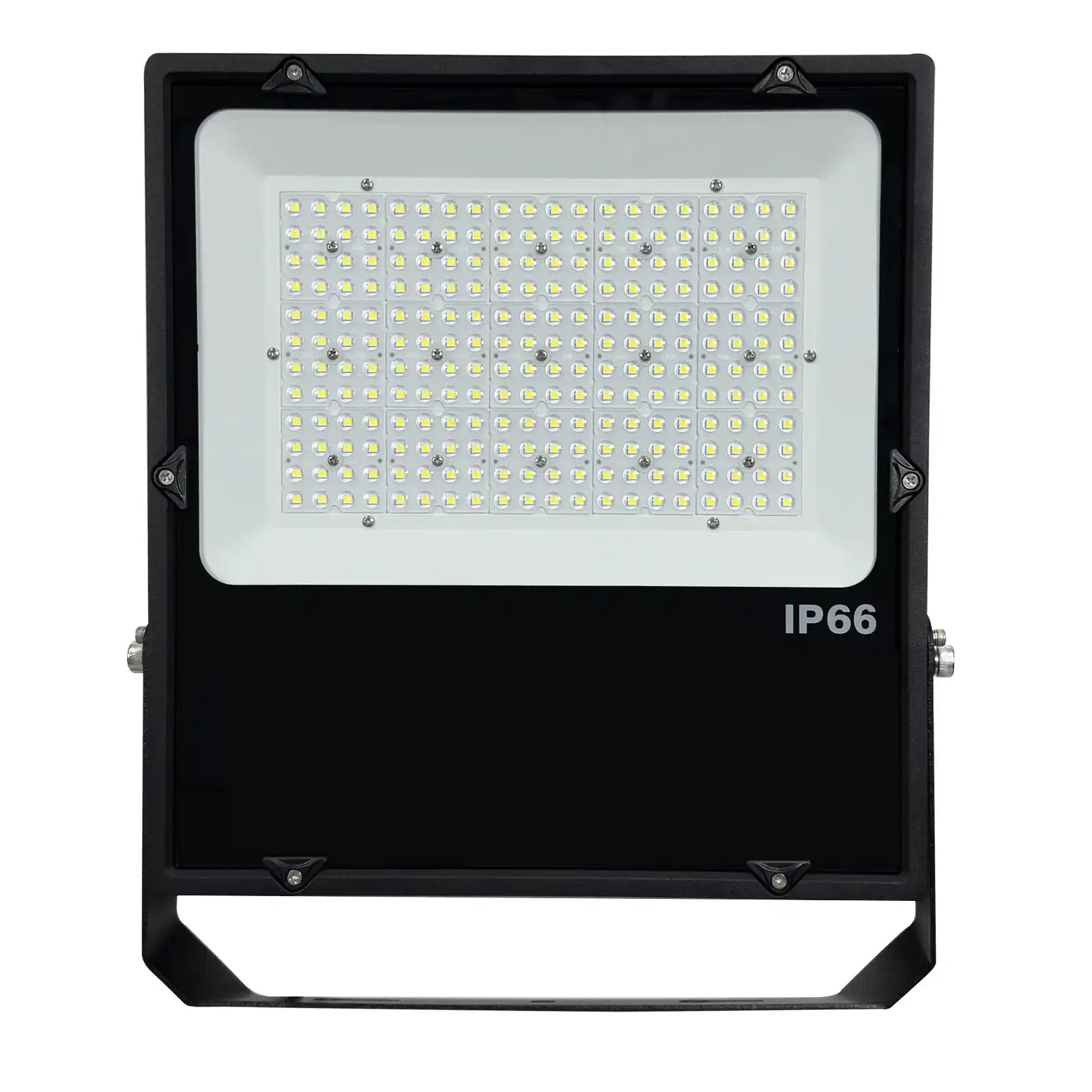
Residential Use: Low - power floodlights are commonly used in homes for illuminating patios, gardens, entryways, and driveways. They can enhance the security of the home by providing light at night and also add an aesthetic touch to the outdoor landscape.
Commercial Use: In small - scale commercial settings such as cafes, restaurants, and small retail stores, low - power floodlights can be used to highlight storefront displays, outdoor seating areas, or to provide ambient lighting in the evenings.
Architectural and Landscape Lighting: They are used to accentuate architectural details of small buildings, such as cornices, columns, or decorative elements. In landscape lighting, they can illuminate small trees, flower beds, or garden sculptures.

